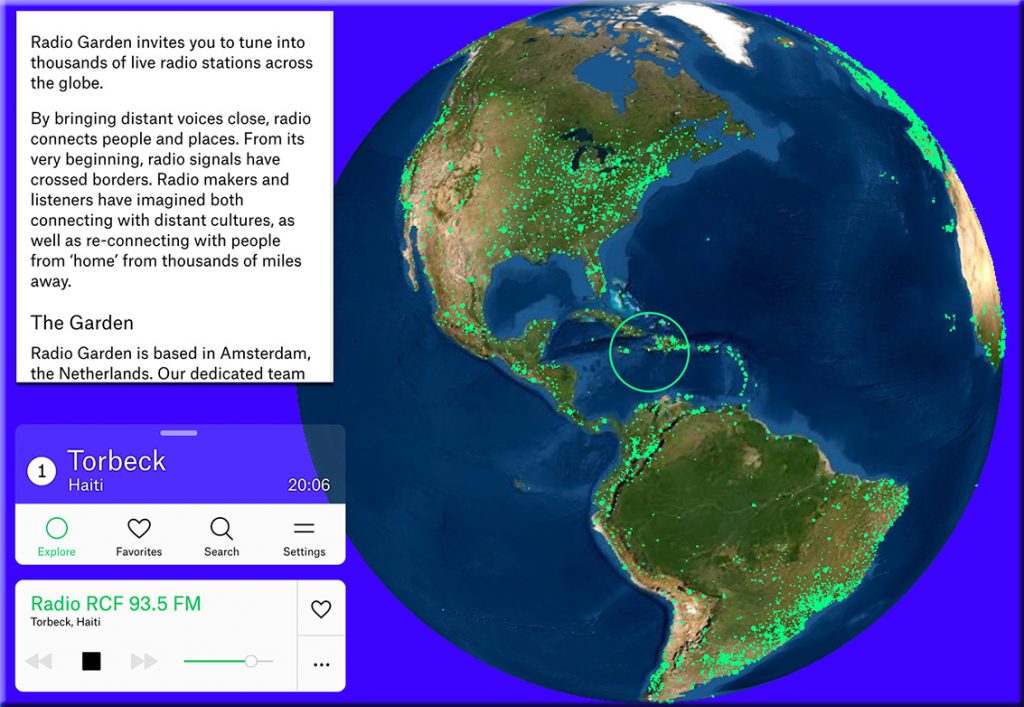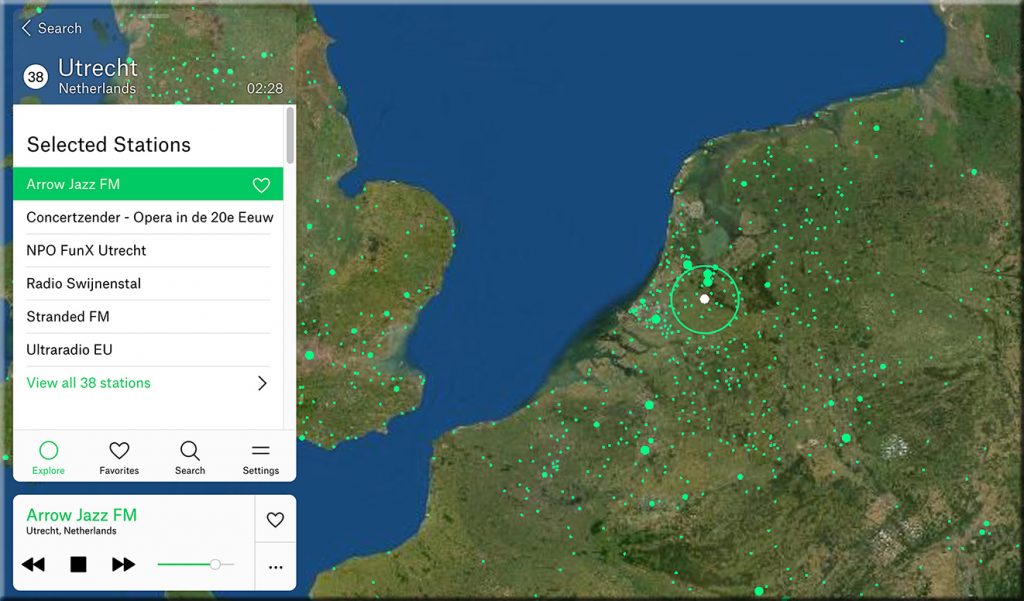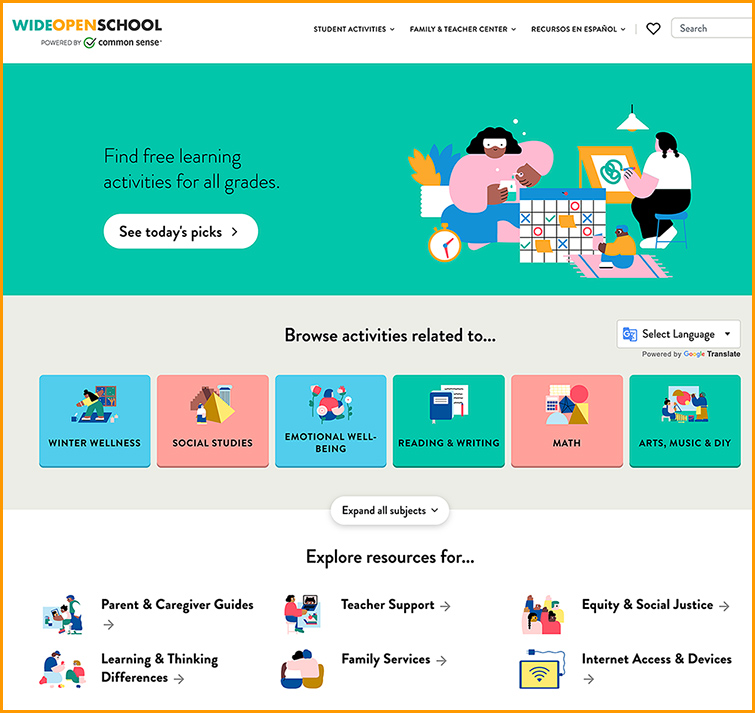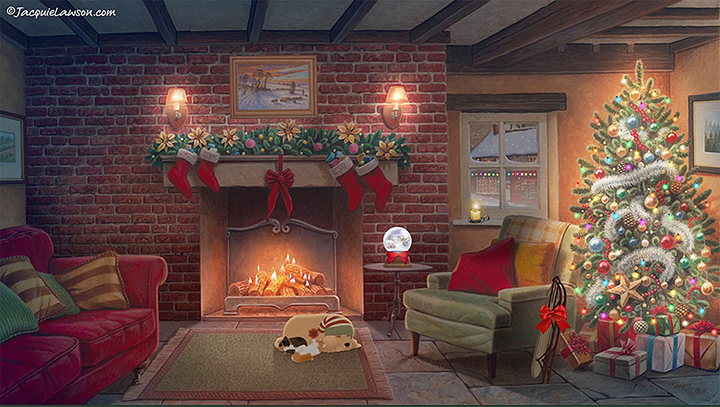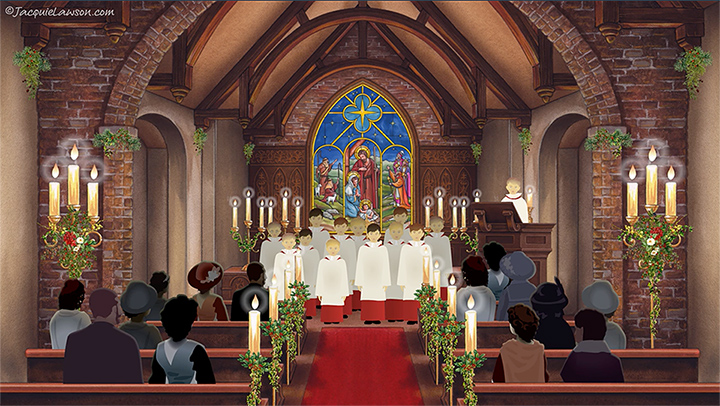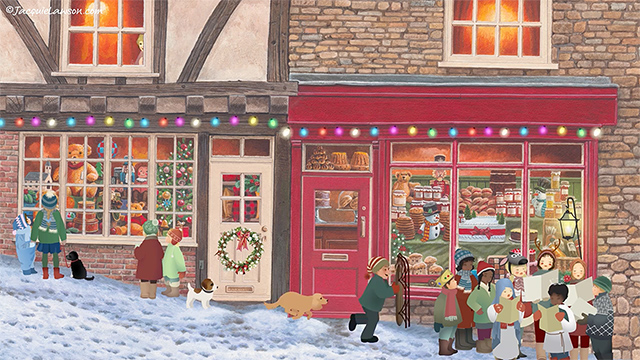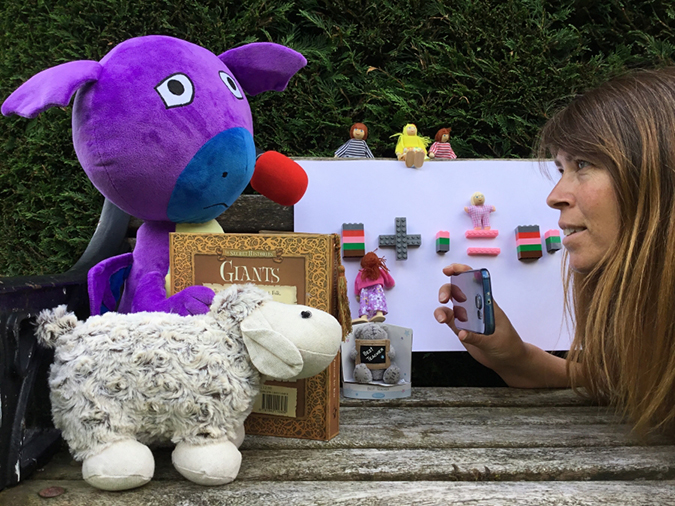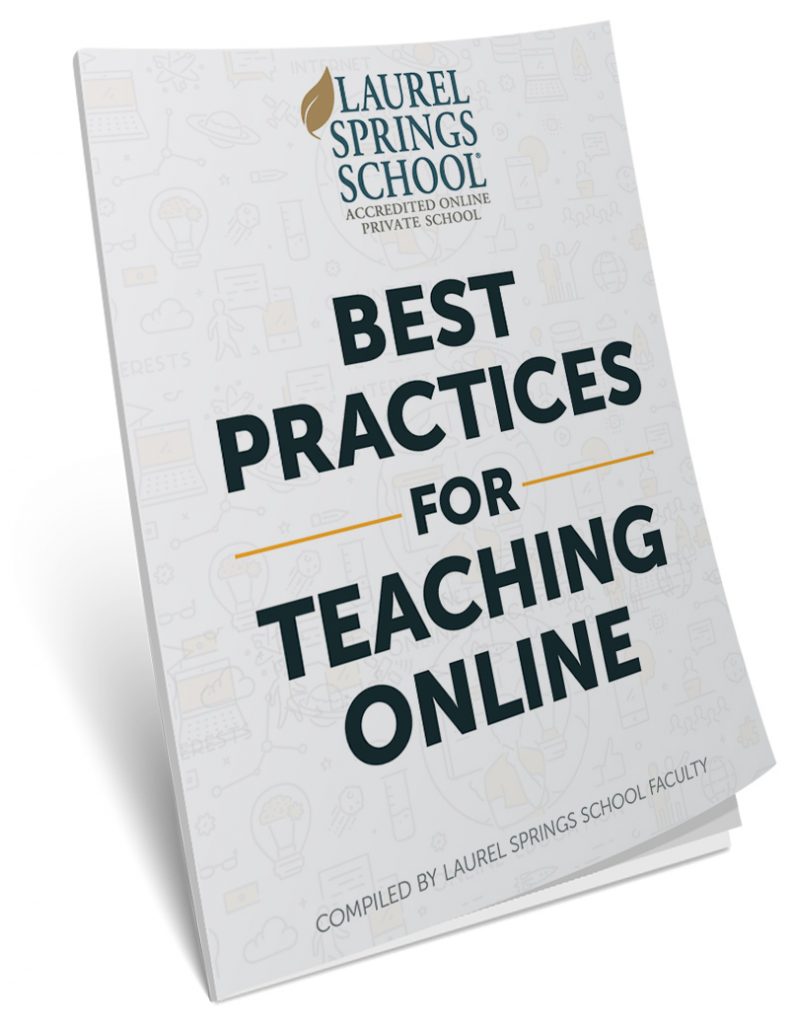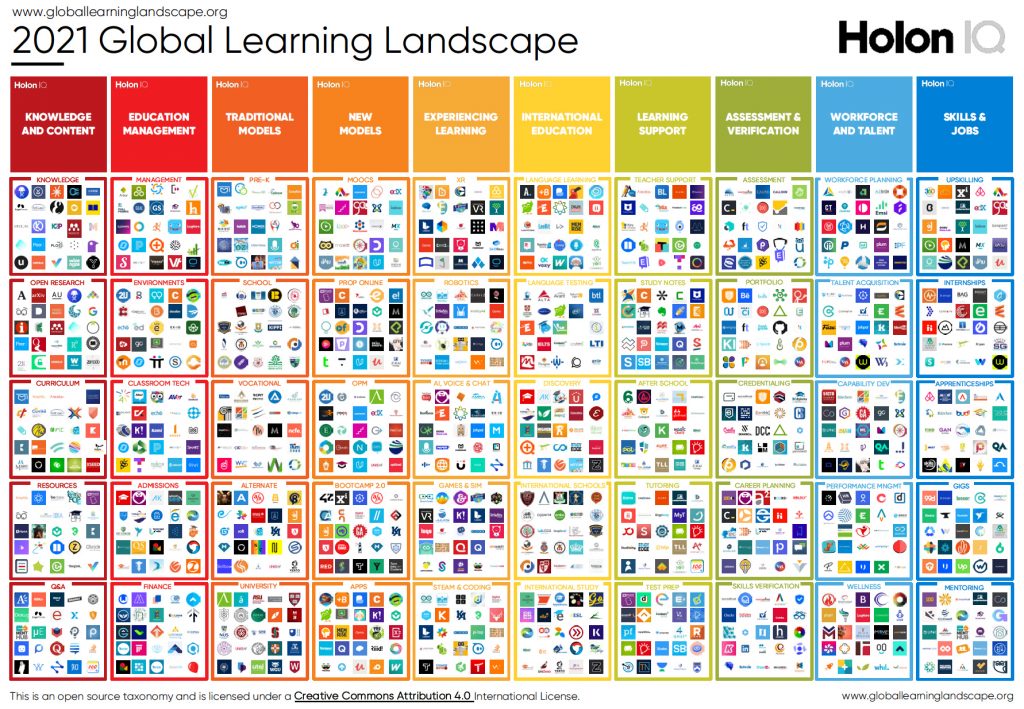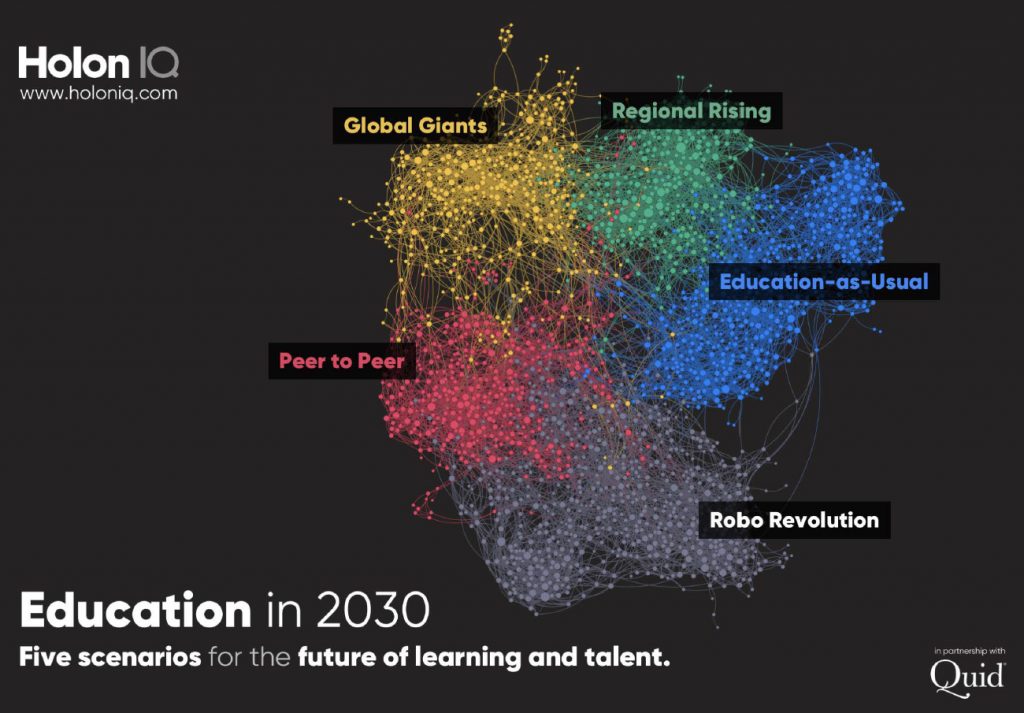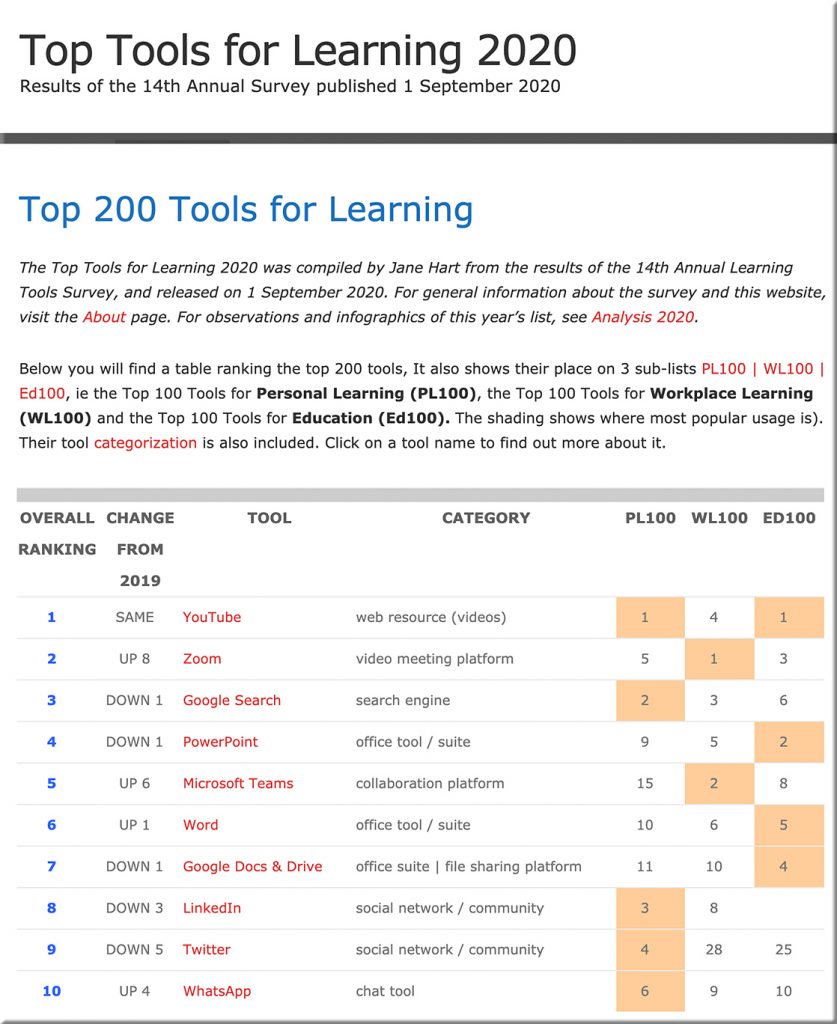Making VR a Reality in the Classroom — from er.educause.edu by Cat Flynn and Peter Frost
Faculty and staff at Southern New Hampshire University piloted virtual reality in an undergraduate psychology course to see if it can be an effective pedagogical tool.
Excerpt:
Meeting the Learning Needs of Gen Z and Beyond
While this study was conducted with current SNHU undergraduates, our team aimed to understand the implications of immersive learning for both today’s students and future learners.
…
Given Gen Z’s documented love for gaming and their desire for higher education to equip them with problem-solving and practical skills, VR provides a confluence of experiential learning and engagement.
From DSC:
Cost and COVID-19 are major issues here, but this is an interesting article nonetheless.
I think Virtual Reality (VR), Mixed Reality (MR), and Augmented Reality (AR) will play a significant role in the future of how we learn. It may take us some time to get there, but I believe that we will.










